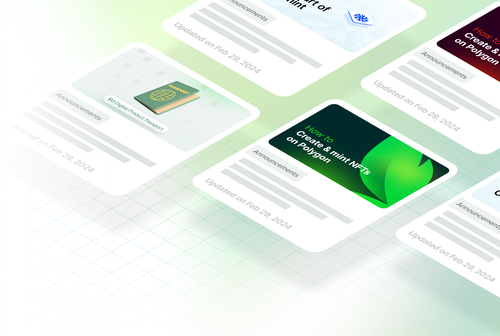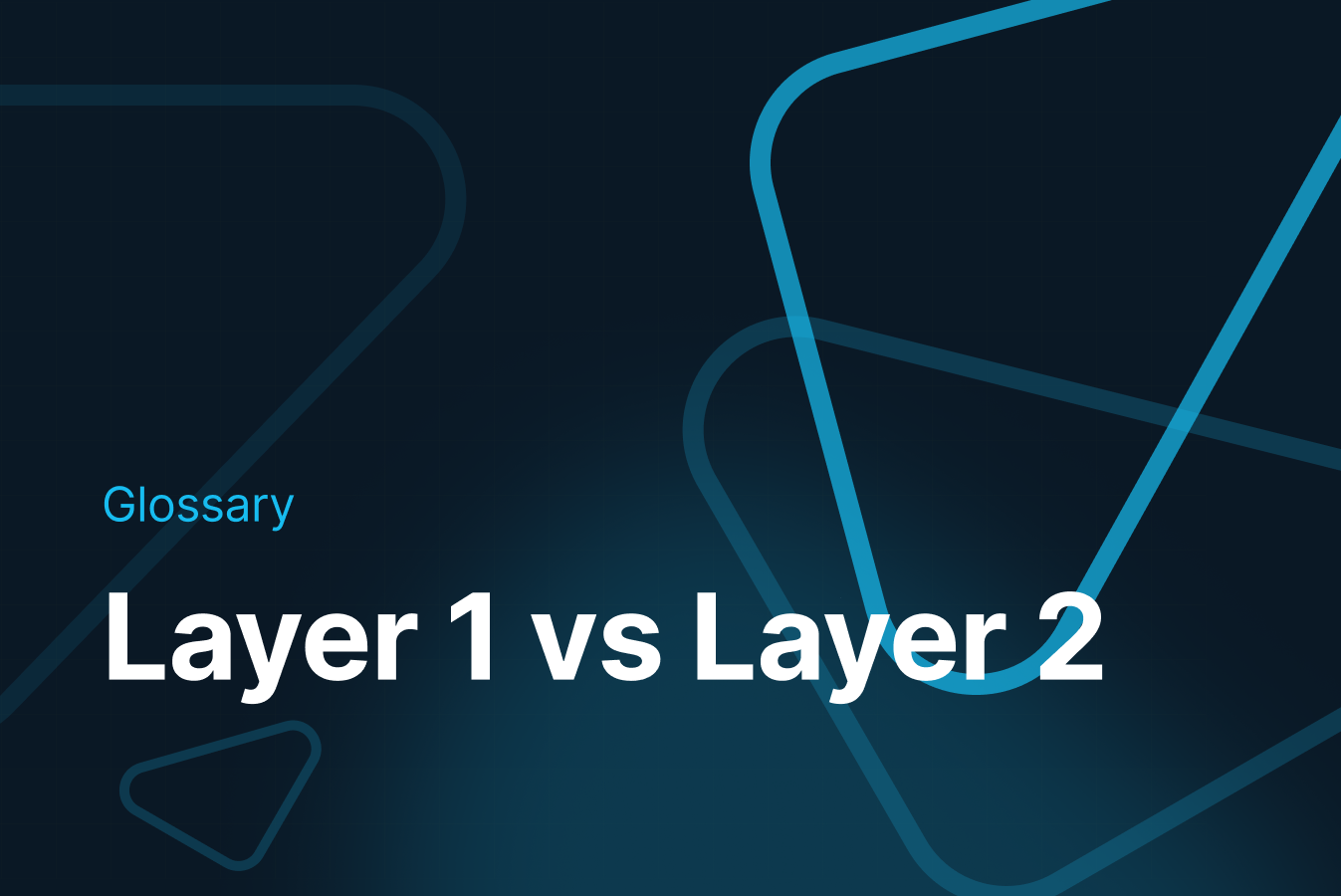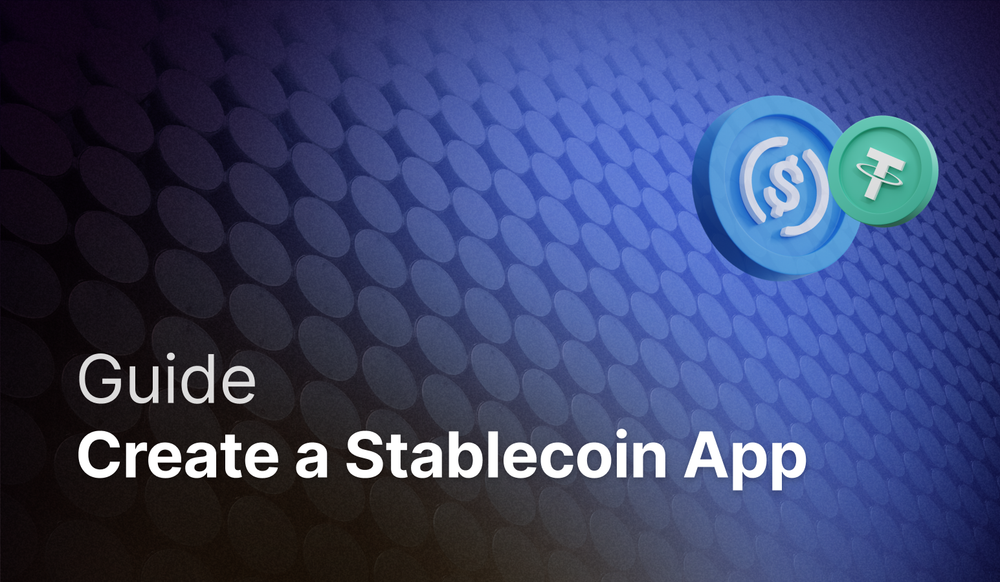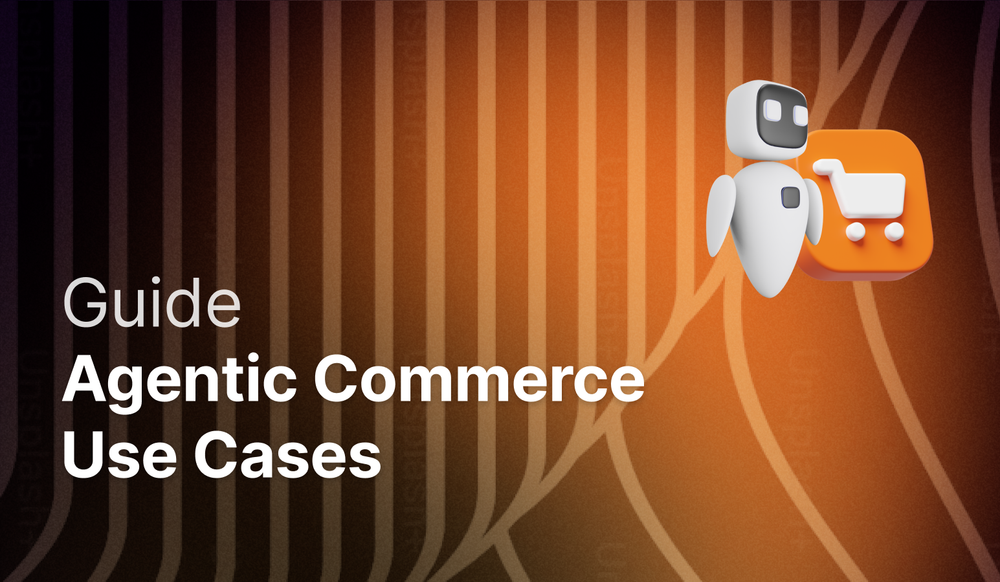In the ever-evolving world of blockchain technology, understanding the distinctions between Layer 1 (L1) and Layer 2 (L2) blockchains is crucial for developers, investors, and enthusiasts alike. These layers are foundational to how blockchains operate, scale, and interact with applications and users.
This article demystifies the concepts of L1 and L2 blockchains, explores their benefits, and highlights key differences to help you determine which layer is best suited for your project.
What is Layer 1 (L1) Blockchain?
Layer 1 blockchains, also known as the base layer, are the underlying networks that form the backbone of the blockchain ecosystem. Examples include Bitcoin, Ethereum, Solana, NEAR, and other main blockchains that process and finalize transactions on their own network.
L1 solutions focus on improving the security, scalability, and decentralization of the blockchain itself through various mechanisms, including consensus algorithm enhancements, sharding, and network architecture.
Benefits of Layer 1 Blockchain
- Decentralization: L1 blockchains offer a high degree of decentralization, with no need for intermediary layers or reliance on external networks for transaction processing.
- Security: Being the foundational layer, L1 blockchains have robust security mechanisms in place, protecting against attacks and ensuring the integrity of the network. But this isn't always true by default. The security of a blockchain is largely based on the consensus algorithm and decentralization of the nodes that verify transactions.
- Sovereignty: Users and developers on L1 blockchains have full control over their transactions and applications, governed by the consensus rules of the underlying blockchain.
What is Layer 2 (L2) Blockchain?
Layer 2 blockchains are built on top of Layer 1 networks to enhance scalability and transaction speed without compromising the underlying blockchain's integrity.
L2 solutions, such as Lightning Network for Bitcoin and various scaling solutions for Ethereum like rollups and sidechains, operate by handling transactions off the main chain, thus decongesting the network and enabling higher throughput.
Benefits of Layer 2 Blockchain
- Scalability: L2 solutions significantly increase transaction speeds and network capacity, enabling the blockchain to support high-volume applications and use cases.
- Lower Costs: By processing transactions off the main chain, L2 solutions reduce transaction fees, making operations more cost-effective for users and developers.
- Flexibility: L2 blockchains allow for innovative development practices and can be tailored to specific applications, providing developers with the tools to create optimized user experiences.
Layer 1 vs Layer 2: Key Differences
The primary difference between L1 and L2 blockchains lies in their approach to scalability and transaction processing. L1 blockchains focus on enhancing the base layer itself, often requiring consensus on network-wide updates, while L2 solutions build upon the existing L1 infrastructure to provide scalability and efficiency improvements without altering the base layer's fundamentals.
How do I know if I should choose an L1 blockchain or an L2 blockchain for my project?
Choosing between an L1 and L2 blockchain depends on your project's specific needs:
- For projects requiring high security and decentralization without the immediate need for massive scalability, an L1 blockchain may be more suitable.
- If your project demands high transaction throughput, lower fees, and scalability without compromising the underlying security provided by an L1, then integrating an L2 solution could be the best approach.
In conclusion, both Layer 1 and Layer 2 blockchains play vital roles in the blockchain ecosystem, each offering unique benefits and trade-offs. Understanding the distinctions and capabilities of each layer is essential for anyone looking to navigate the complexities of blockchain technology and leverage it for their projects.
Learn how Crossmint's wallet infrastructure can support any use case across 40+ chains.









